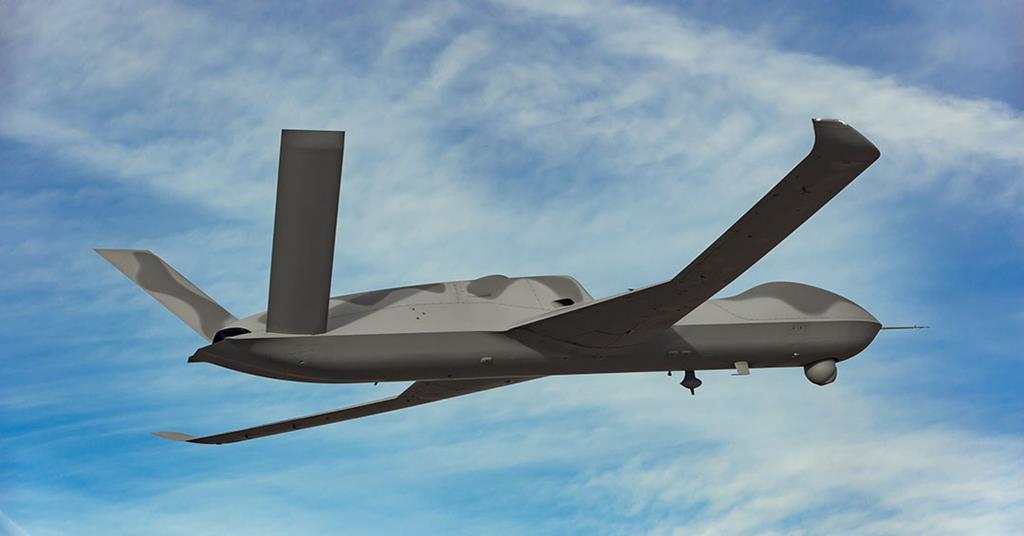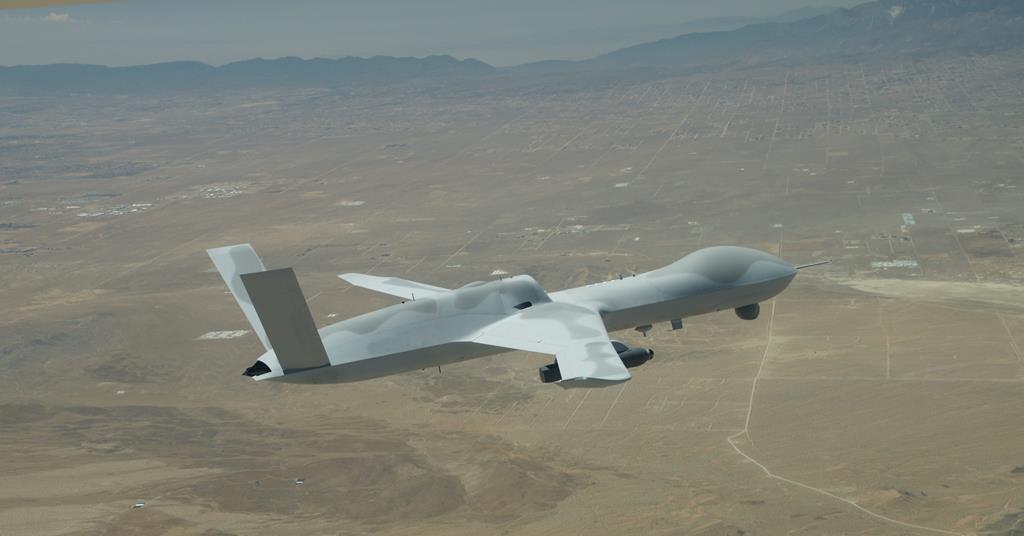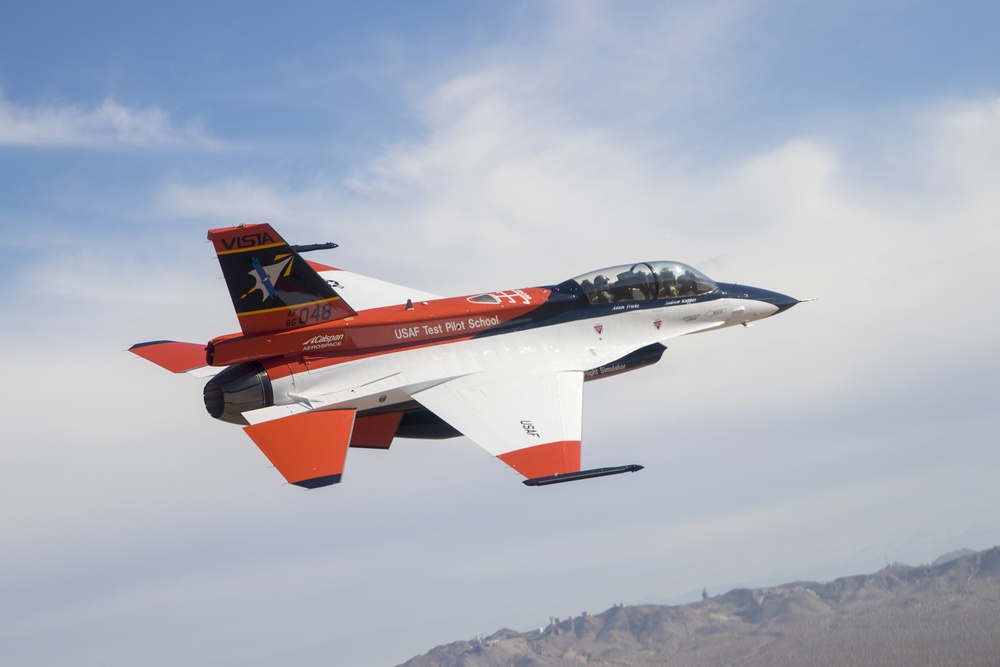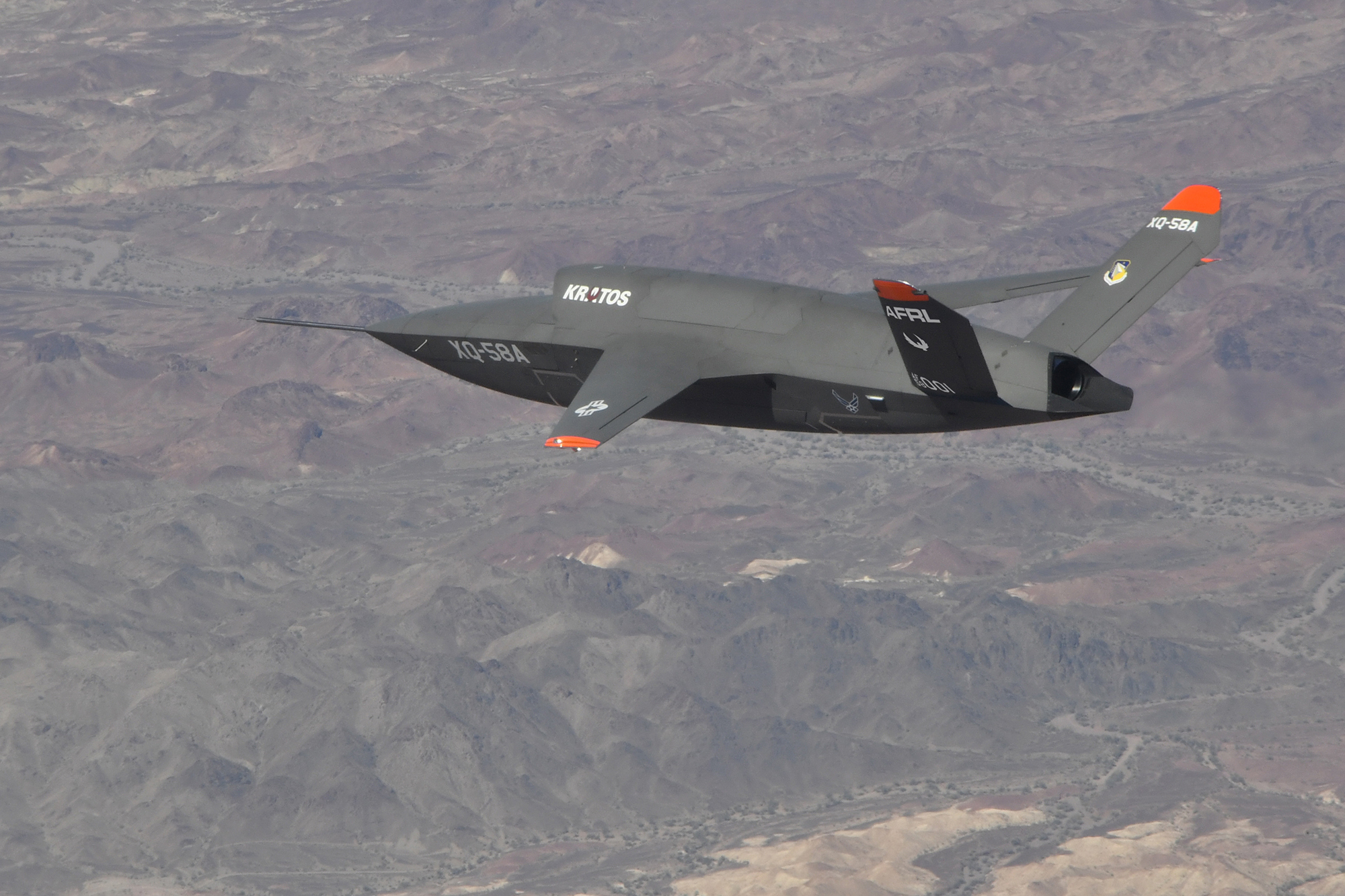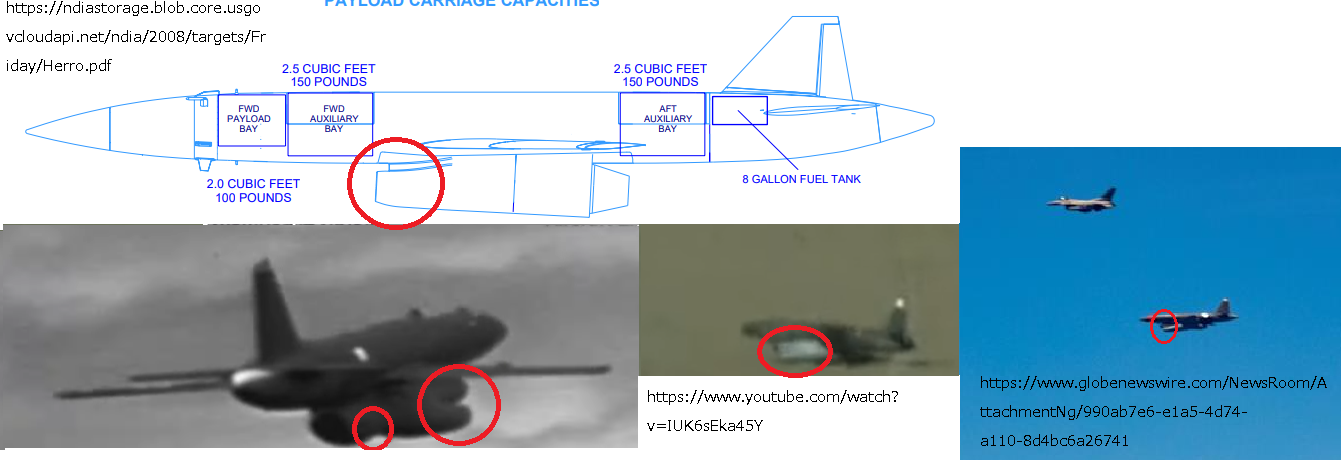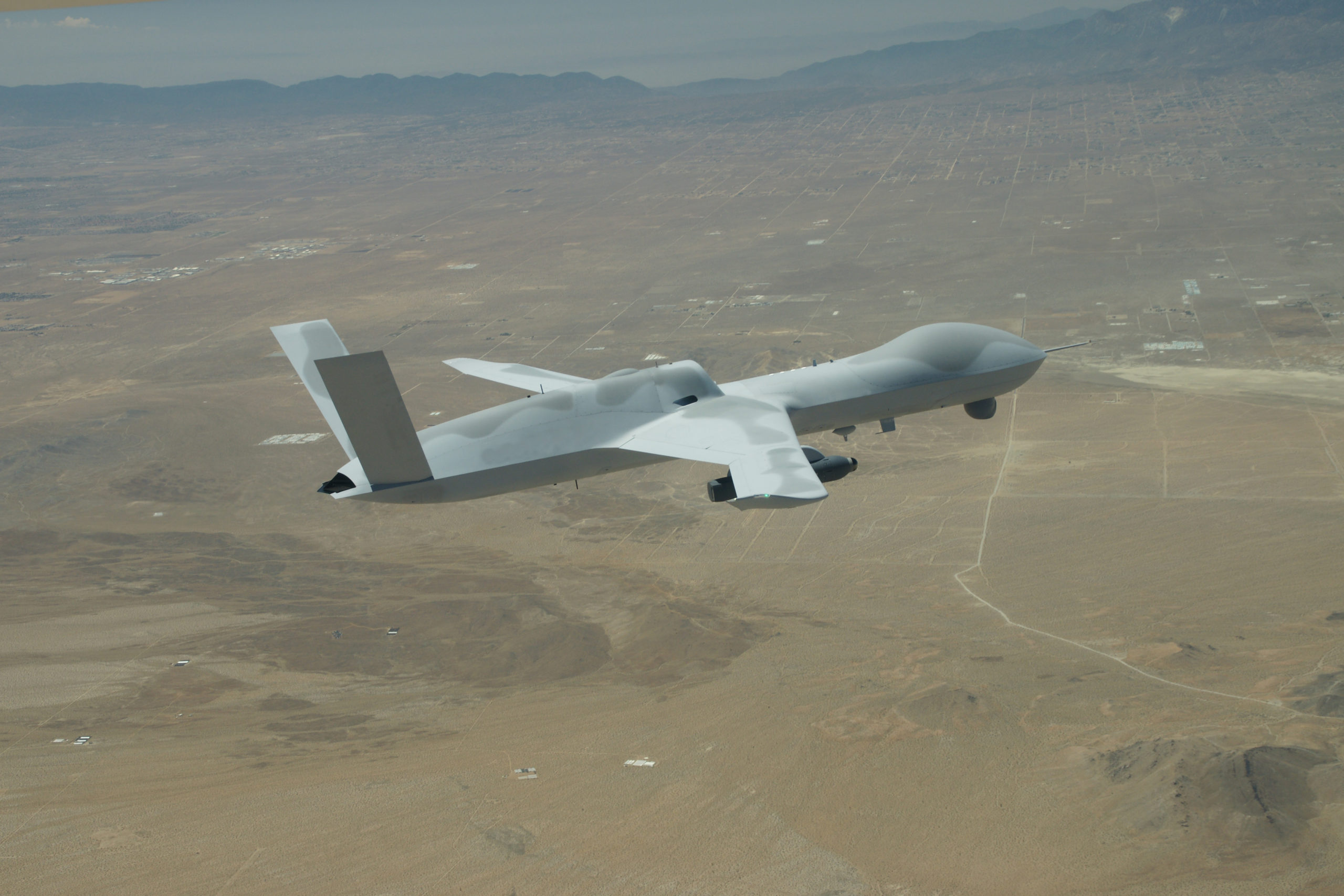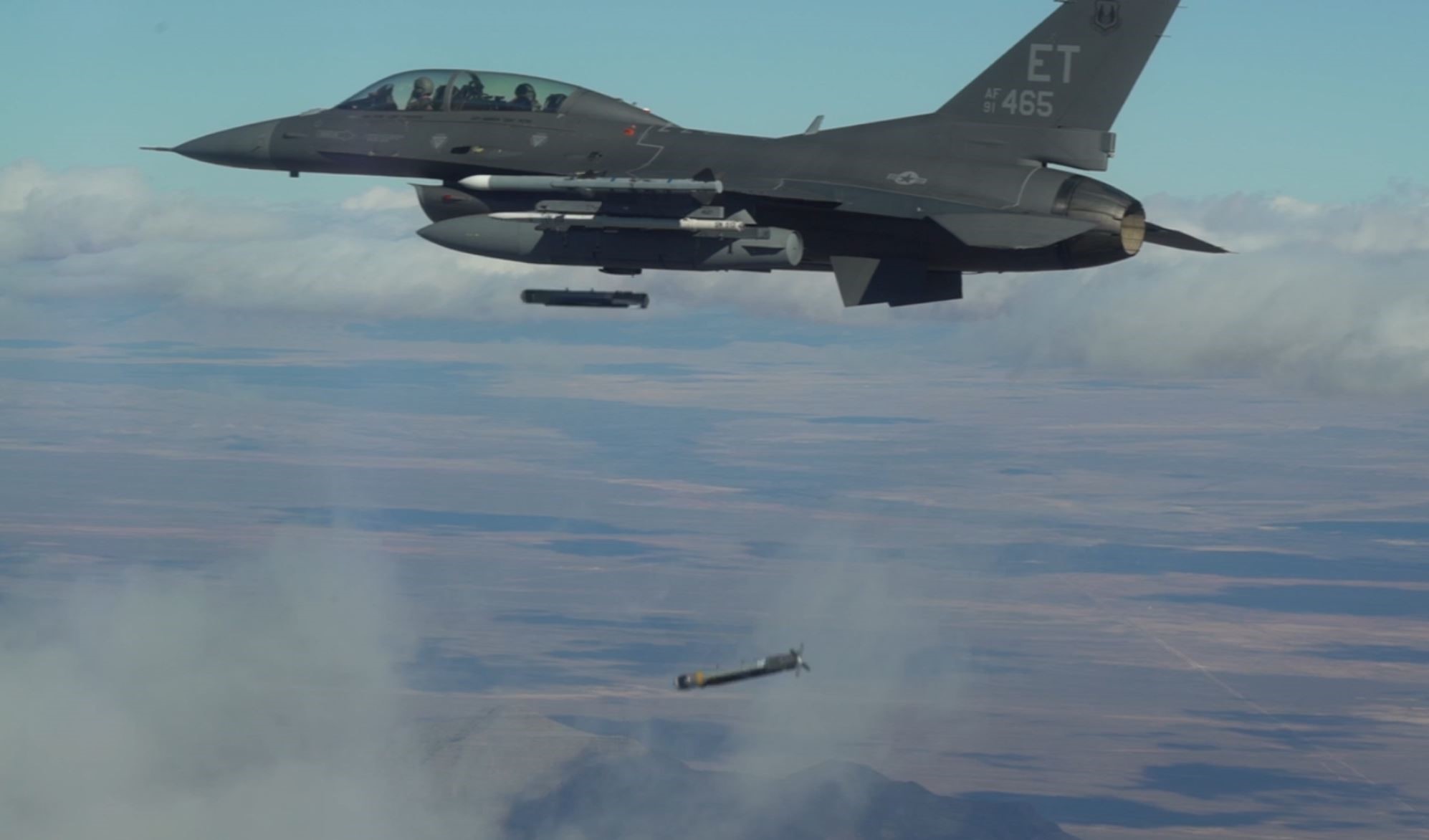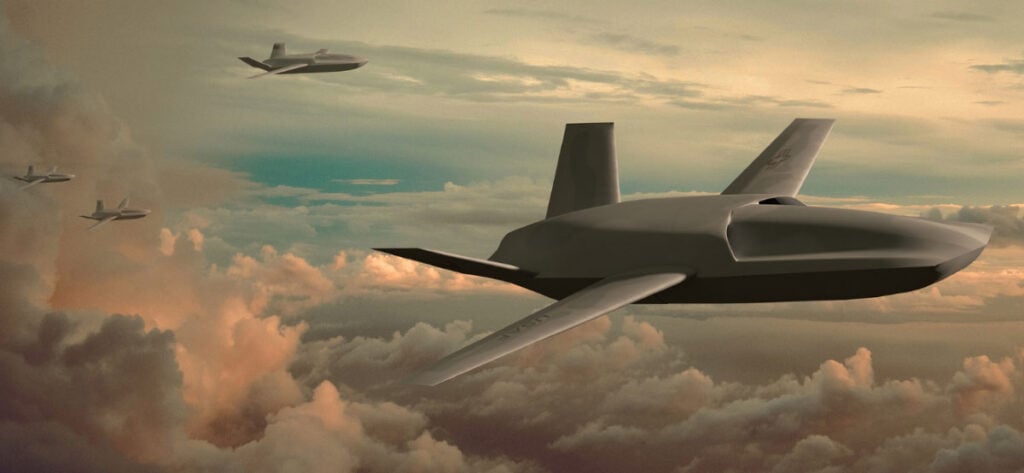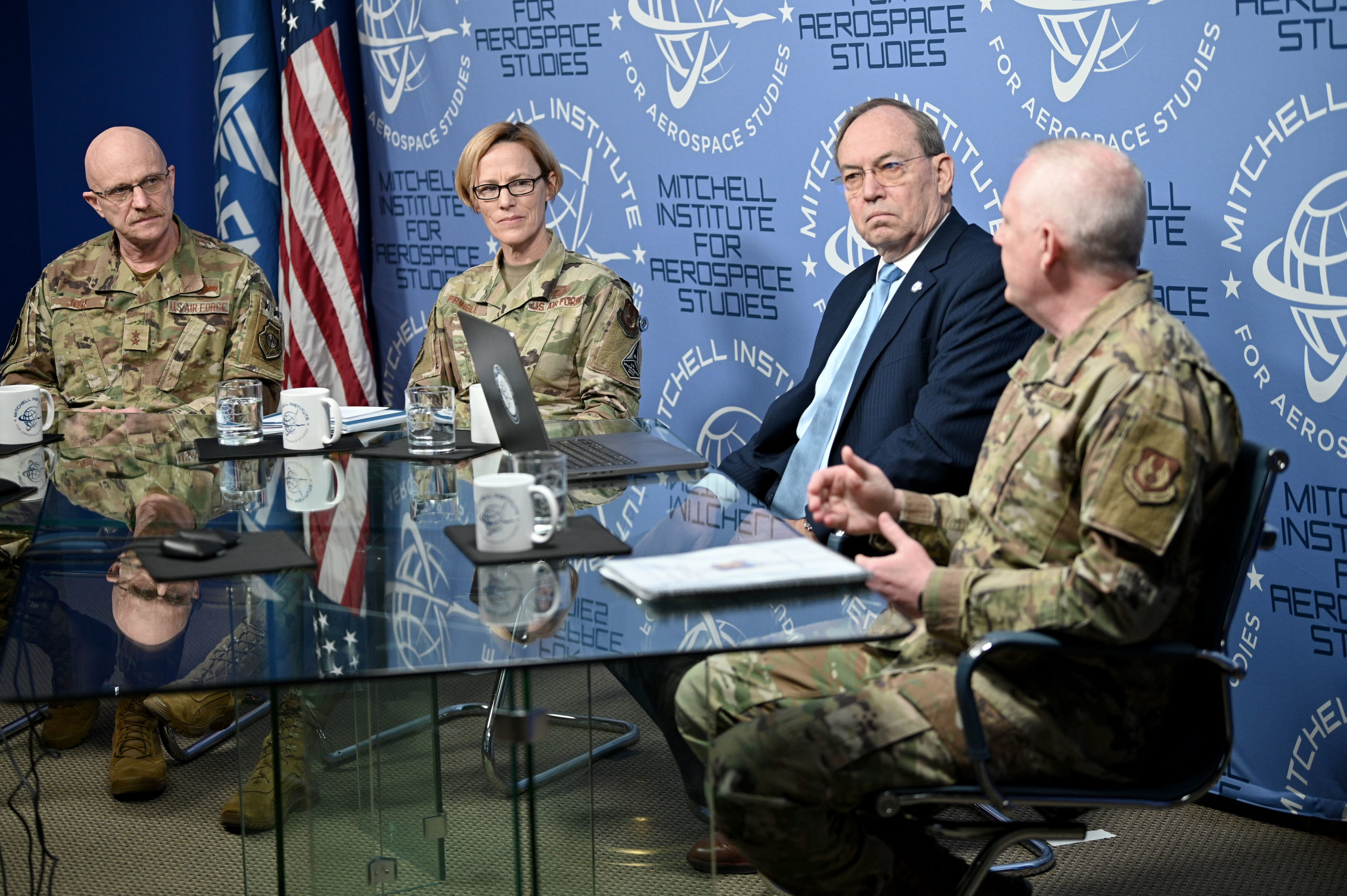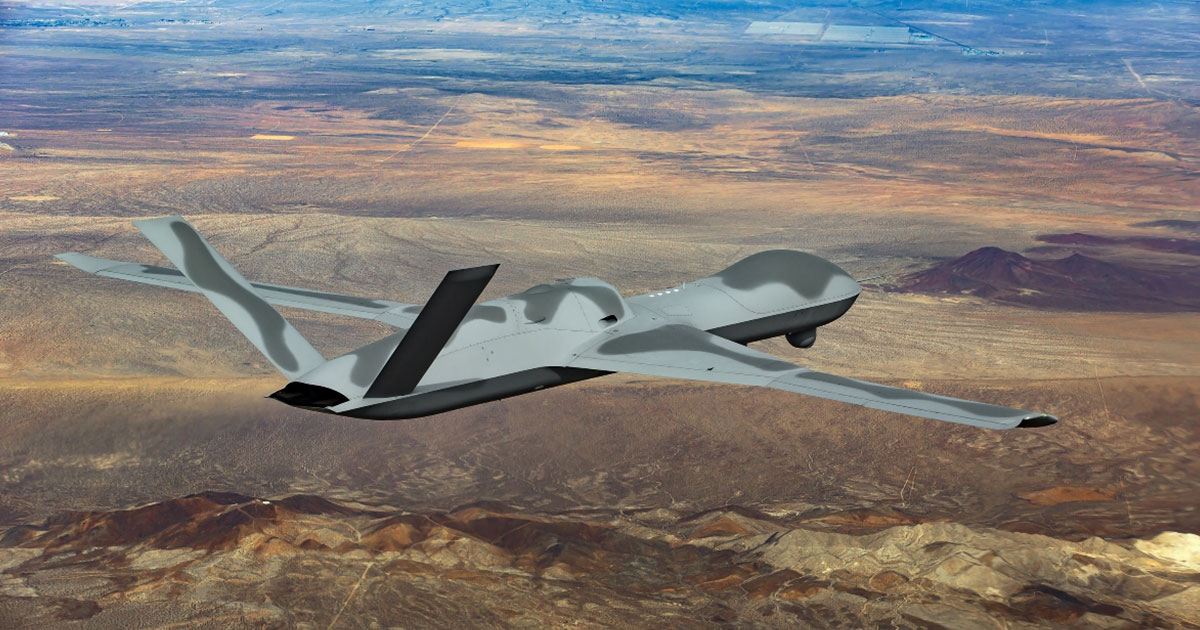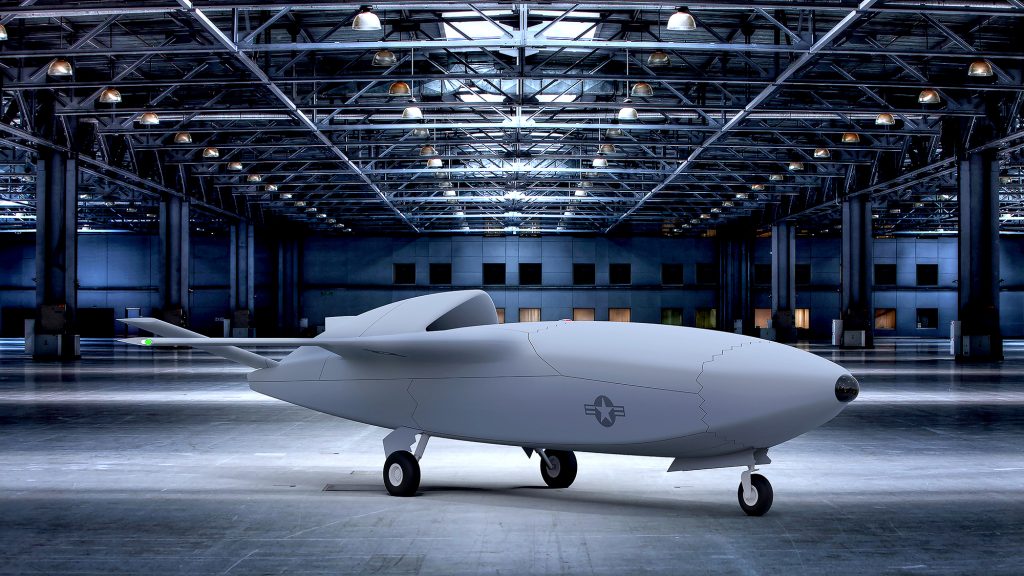- Joined
- 18 May 2019
- Messages
- 640
- Reaction score
- 1,673
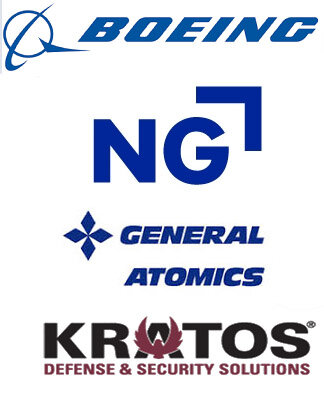
The U.S. Air Force on Thursday awarded contracts to Boeing, Northrop Grumman, General Atomics and Kratos to build Artificial Intelligence (AI)-enabled Skyborg drone that will team up with a human in the cockpit.
Each of these companies was awarded an n indefinite-delivery/indefinite-quantity contract worth up to $400 million. “These initial awards will establish a vendor pool that will continue to compete for up to $400 million in subsequent delivery orders in support of the Skyborg Vanguard Program,” Air Force Life Cycle Management Center (AFLCMC) said in a release.
The aim of the Skyborg Vanguard program is to integrate autonomous attritable unmanned air vehicle (UAV) technology with open missions systems to enable manned-unmanned teaming. This will provide a game-changing capability to the warfighter. The attritable UAV line of effort awarded by this contract will provide the foundation on which the Air Force can build an airborne autonomous system that adapts, orients, and decides at machine speed for a wide variety of increasingly complex mission sets.
“Because autonomous systems can support missions that are too strenuous or dangerous for manned crews, Skyborg can increase capability significantly and be a force multiplier for the Air Force,” said Brig. Gen. Dale White, Program Executive Officer for Fighters and Advanced Aircraft, who, along with Brig. Gen. Heather Pringle, Commander of the Air Force Research Laboratory (AFRL), serves as the leadership for the Skyborg program. “We have the opportunity to transform our warfighting capabilities and change the way we fight and the way we employ air power.”
Skyborg is one of three Vanguard programs identified late last year as part of the Air Force Science and Technology (S&T) 2030 initiative. These high priority Air Force capability development efforts come with an enterprise commitment to deliver game-changing capabilities to transform Air Force operations for the future force.
“Autonomy technologies in Skyborg’s portfolio will range from simple play-book algorithms to advanced team decision making and will include on-ramp opportunities for artificial intelligence (AI) technologies,” said Pringle. “This effort will provide a foundational Government reference architecture for a family of layered, autonomous, and open-architecture UAS.”
The Vanguards are also introducing a novel early partnership between AFLCMC and AFRL due to the need to quickly identify cutting edge technology and transition directly into the hands of the warfighter.
Boeing
General Atomics Aeronautical Systems
Kratos Unmanned Aerial Systems
Northrop Grumman Systems
have each been awarded indefinite-delivery/indefinite-quantity contracts with a shared ceiling of $400,000,000 for all subsequent competitively selected delivery orders in support of the Skyborg Vanguard Program.
Skyborg is an autonomous attritable aircraft capable of achieving a diverse set of missions to generate massed combat power; delivering a future Air Force which can deter, blunt and defeat peer adversaries. The Skyborg prototyping, experimentation and autonomy development contract will be used to deliver missionized prototypes in support of operational experimentation and develop the first Skyborg air platform with modular hardware and software payloads that will incorporate the Skyborg autonomy core system and enable manned/unmanned teaming. The locations of performance are to be determined at the order level and are expected to be completed by July 2026.
These awards are being made as a result of a competitive acquisition and 18 offers were received. No funds are obligated on the awards and funding will be provided on each individual order. Air Force Life Cycle Management, Wright Patterson Air Force Base, Ohio, is the contracting activity.
Last edited:




